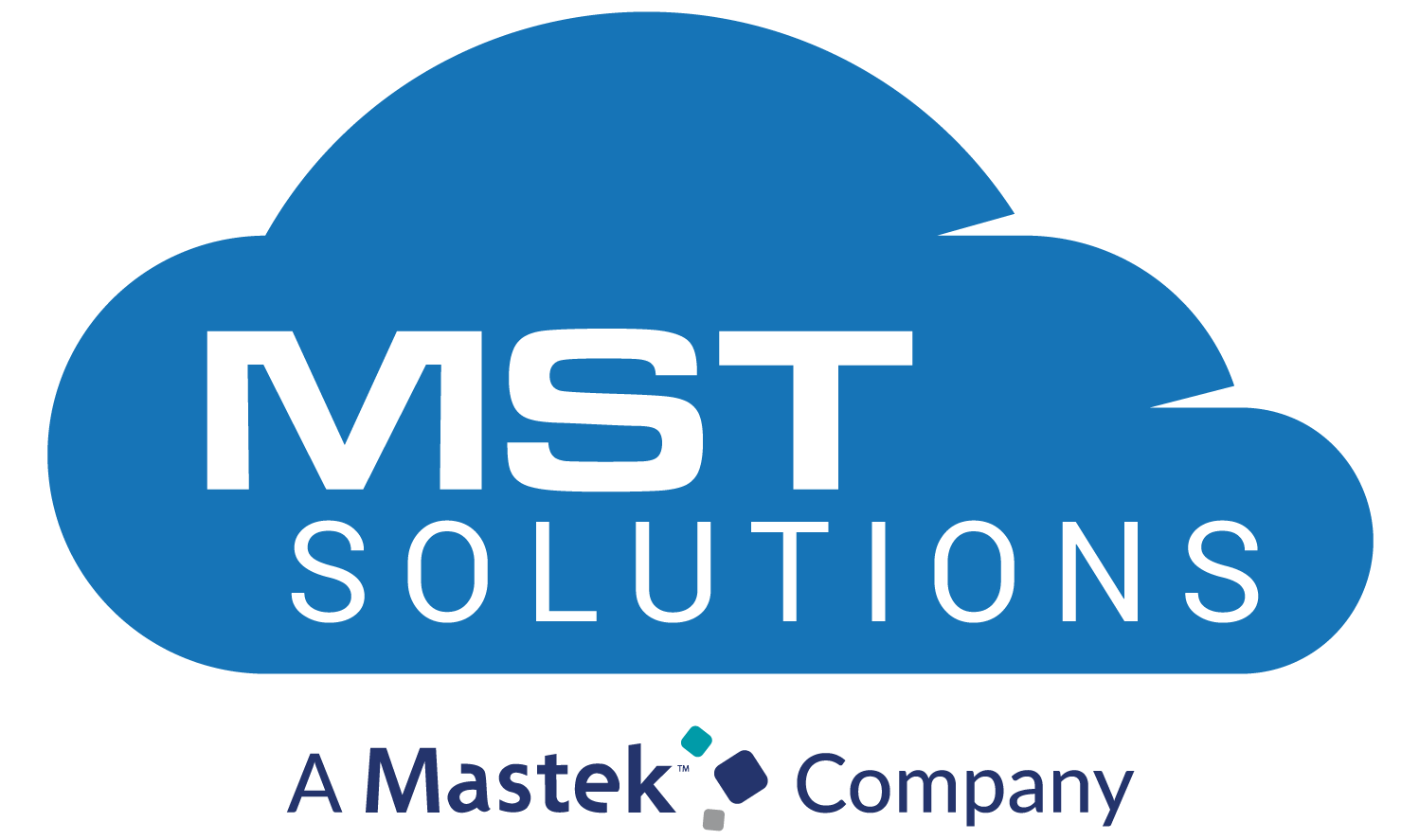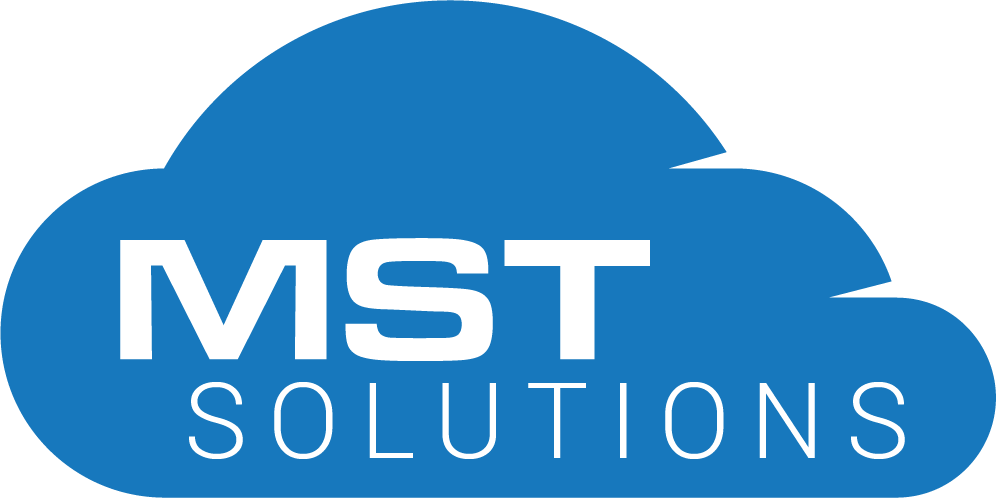According to Forrester Research survey Document Management (DM) capability will be the most heavily invested content management through 2014. So let’s discuss how Document Management correlates to the world of CRM.
What is Document Management & what are its purposes?
Simply defined – DM is finding, tracking and managing the lifecycle of your business critical data. It applies to physical data (paper based forms stored in your file cabinets) and to electronic data (Emails, Hard-drives, Staging Records etc.). For simplicity of this article, we will largely be discussing of the electronic data management necessary within and enterprise – hence the term Enterprise DM.
EDM is simply a subset of the ECM system and at times used synonymously. Document Management typically consists of 4 parts:
1. Physical storage of your data; traditionally SANs while now there has been a flooding of cloud storage.
2. An application (central repository) capable of storing, sharing and accessing documents & content. Enhanced implementation includes setting up a document workflow which can help meet regulatory requirements & increase security within the repository.
3. Multi-function peripherals (MFPs) which can help scan your paper documents.
4. Applications leveraging Optical Character Recognition (OCR) which can help processing digital contents (metadata retrieval process) and determine how to best process the data at run-time.
Where can you expect to leverage it?
We help a significant number of Higher Education and Healthcare clients with their Customer Relationship Management (CRM) applications like Salesforce. And in interacting with varied functional processes, we have helped devise how to effectively manage the humongous amount of data generated across every business steps. Choosing the right Document Management vendor is only the tip of the iceberg. Integrating them tightly to your existing CRM will determine the true value of your implementation. At other times out of the box DM application may be an overhead and designing your in-house DM capability tightly coupled with your Salesforce application may meet your business needs adequately.
Is your existing Document Management system provides the following benefit (at the minimal)?
1. Centralized repository, guaranteeing no loss of data
2. Secure your IPs, data and content meeting compliance and regulations
3. Search and reuse content leading to increased productivity and better customer content
4. Foster collaboration across organization by increasing continuity of operations and supporting disaster recovery activities
5. Increased cost savings from part or all of the above, including reduced resource requirements – file cabinets, data-entry employees
In the world of Higher Education, a well-integrated and accurately designed Document Management & CRM application can be one of the critical factors for success. All student applications, student records, financial aid information etc. can be stored in a DM tool which can expedite the enrollment process, increase greater student experience and provide the University with a cutting edge advantage. A centralized scanning facility can augment those manual processes that Universities are unable to automate in the initial implementation still providing incremental advantage.
The ROI is indisputable and for those familiar with leading edge cloud platforms, like Force.com, can easily envision the benefits of integrating the two.
If you are not adopting it yet, you may be left behind.



